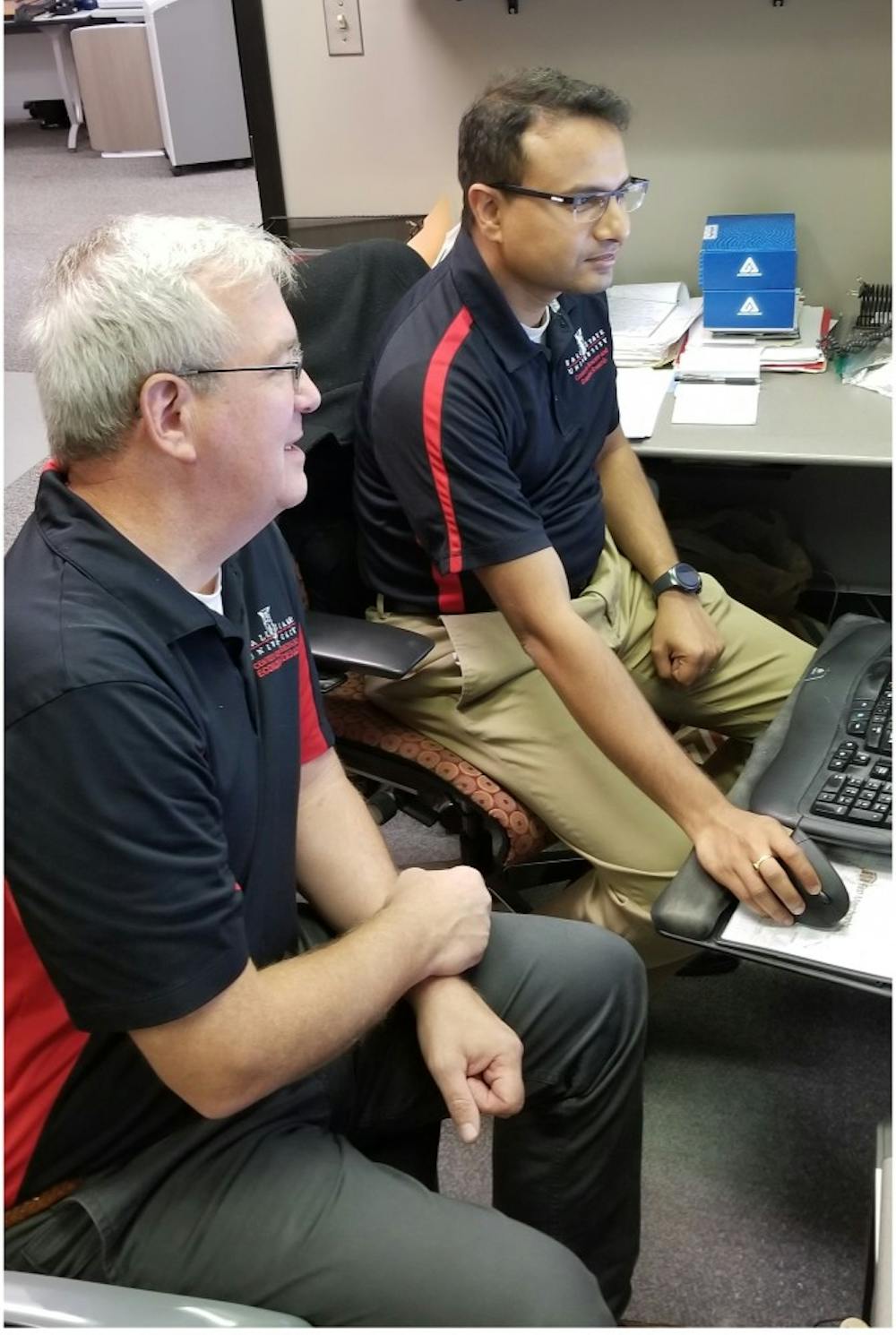The state of Indiana received four A’s, four C’s and one B in the 2019 Manufacturing Scorecard, created by members of Ball State’s Center for Business and Economic Research (CBER).
In the study, CBER Director Michael Hicks said, each state is examined and graded from A to F in nine categories: manufacturing industry health, logistics industry health, human capital, worker benefit costs, tax climate, expected fiscal liability gap, global reach, sector diversification, productivity, and innovation and logistics industry health.
“We examined 40 plus different data points across all the states that appeared in academic research to affect the expansion and relocation of manufacturing and logistics,” Hicks said.
Hicks worked on The 2019 Manufacturing Scorecard alongside Srikant Devaraj, research economist and research assistant professor, and Riley Liechty, an undergraduate research assistant.
Together, the researches gave Indiana A's in manufacturing, logistics, global reach and tax climate. Indiana has maintained this grade in manufacturing, global reach and tax climate for 11 consecutive years, and logistics for nine.
The scorecard states, “Indiana is … a strong logistics state,” because its location allows it to be a center for both imports and exports.
“Manufacturing firms actually need these raw materials in a timely way to produce the products they do, so that’s how the logistics industry is going to work closely with these manufacturing firms -- to fulfill this need of transportation of goods,” Devaraj said.
Currently, automobile transportation equipment, orthopedic joints and medications are manufactured in Indiana, Hicks said, and the state is still expanding.
However, the state’s “most worrisome metric,” according to the scorecard, is human capital, which was given a C grade.
“The U.S. is near its peak in manufacturing production. We peaked here in Indiana employment in 1973,” Hicks said.
He added that the goods and services a worker produces today is a hundred times greater than what it was in the 19th century.
“What it took in 1974 [for] 1,000 men and women to produce, 280 to 290 can produce now,” Hicks said.
Looking into the future, Hicks and Devaraj said Indiana could see some changes in employment regarding manufacturing.
Hicks said Indiana will continue to be “a very large manufacturing state,” with fewer workers over the next couple of decades, with Devaraj adding “low skill, low wage” jobs may be at a higher risk of being replaced than “high skill, high wage” jobs such as designing and machine operating.
Contact Charles Melton with comments at cwmelton@bsu.edu or on Twitter @Cmelton144.





